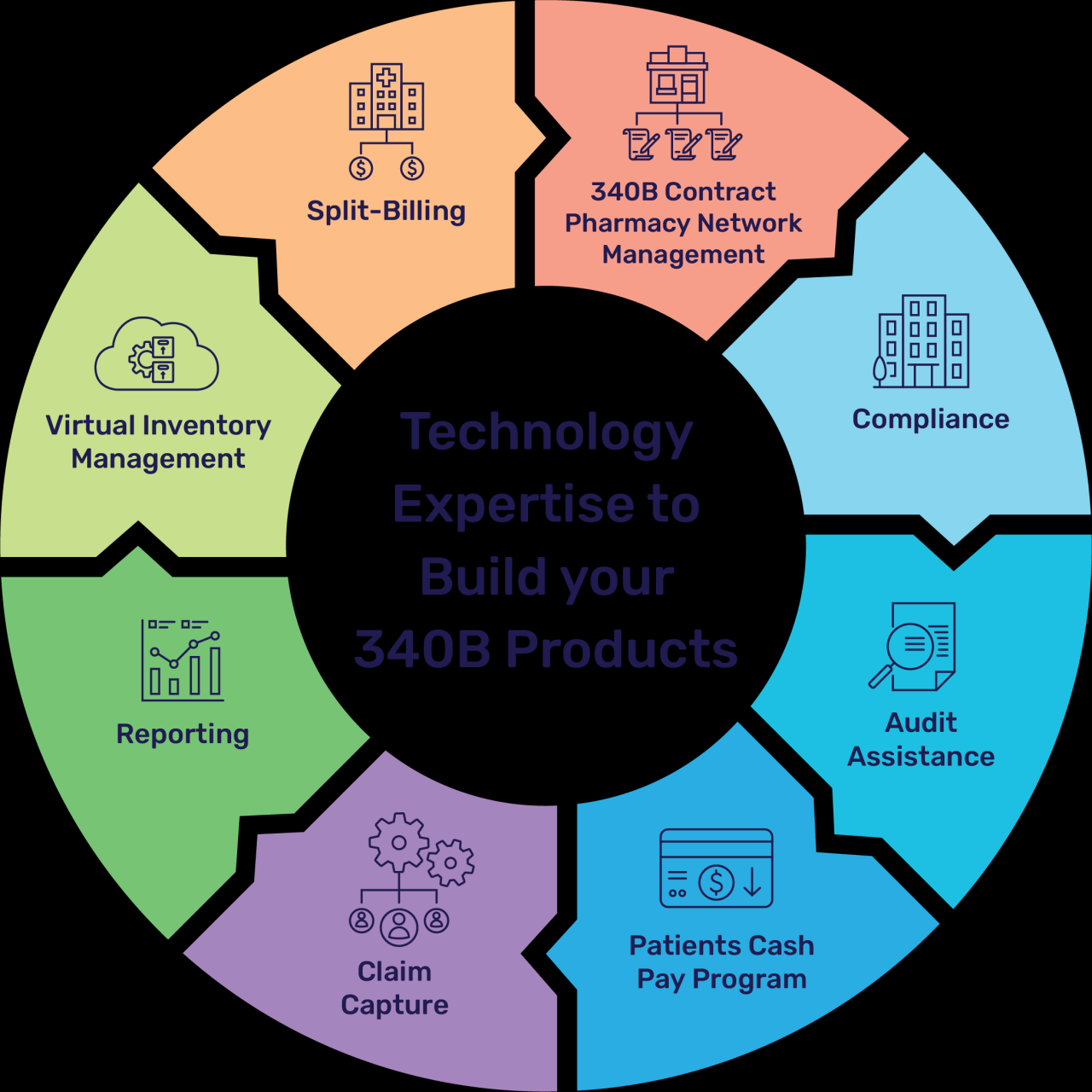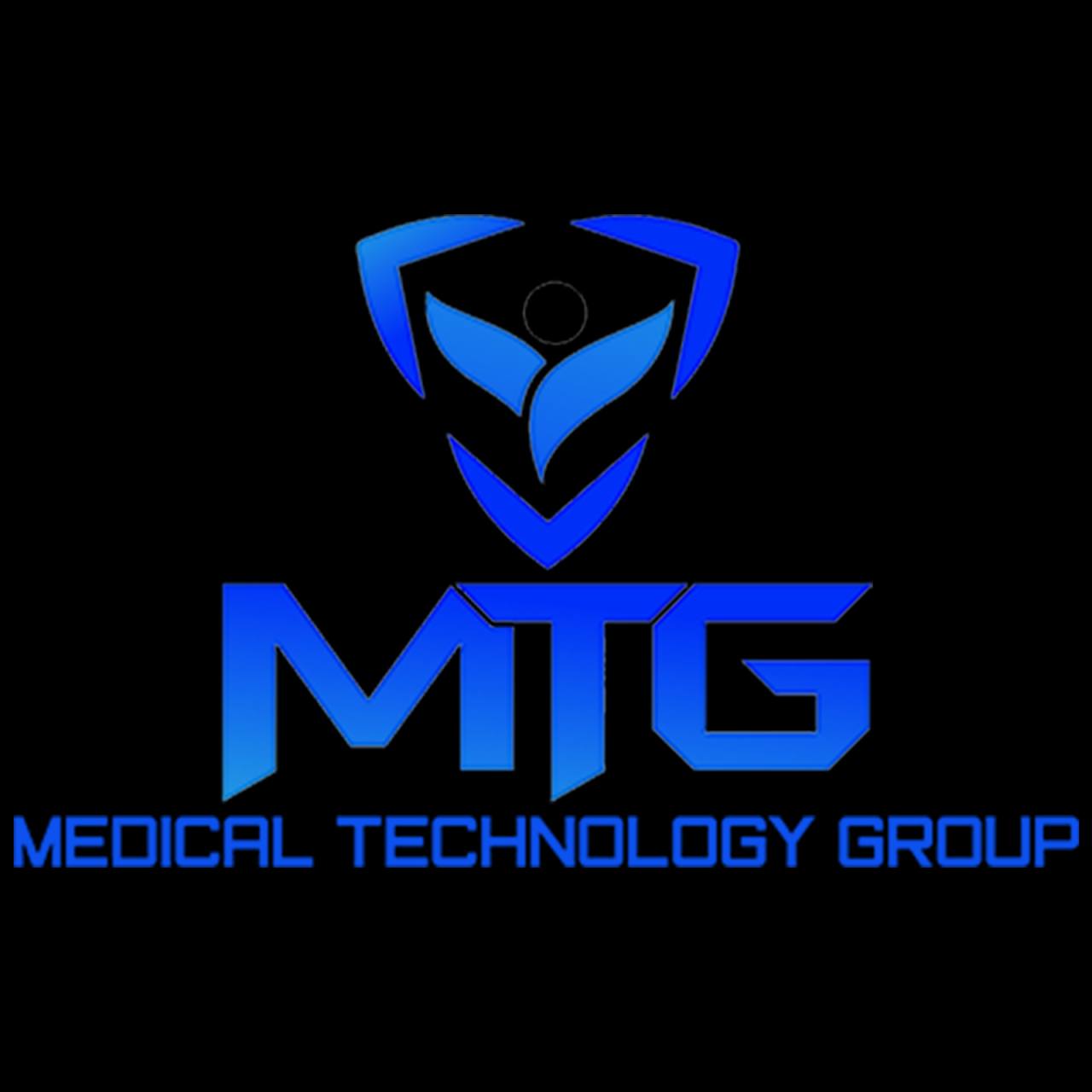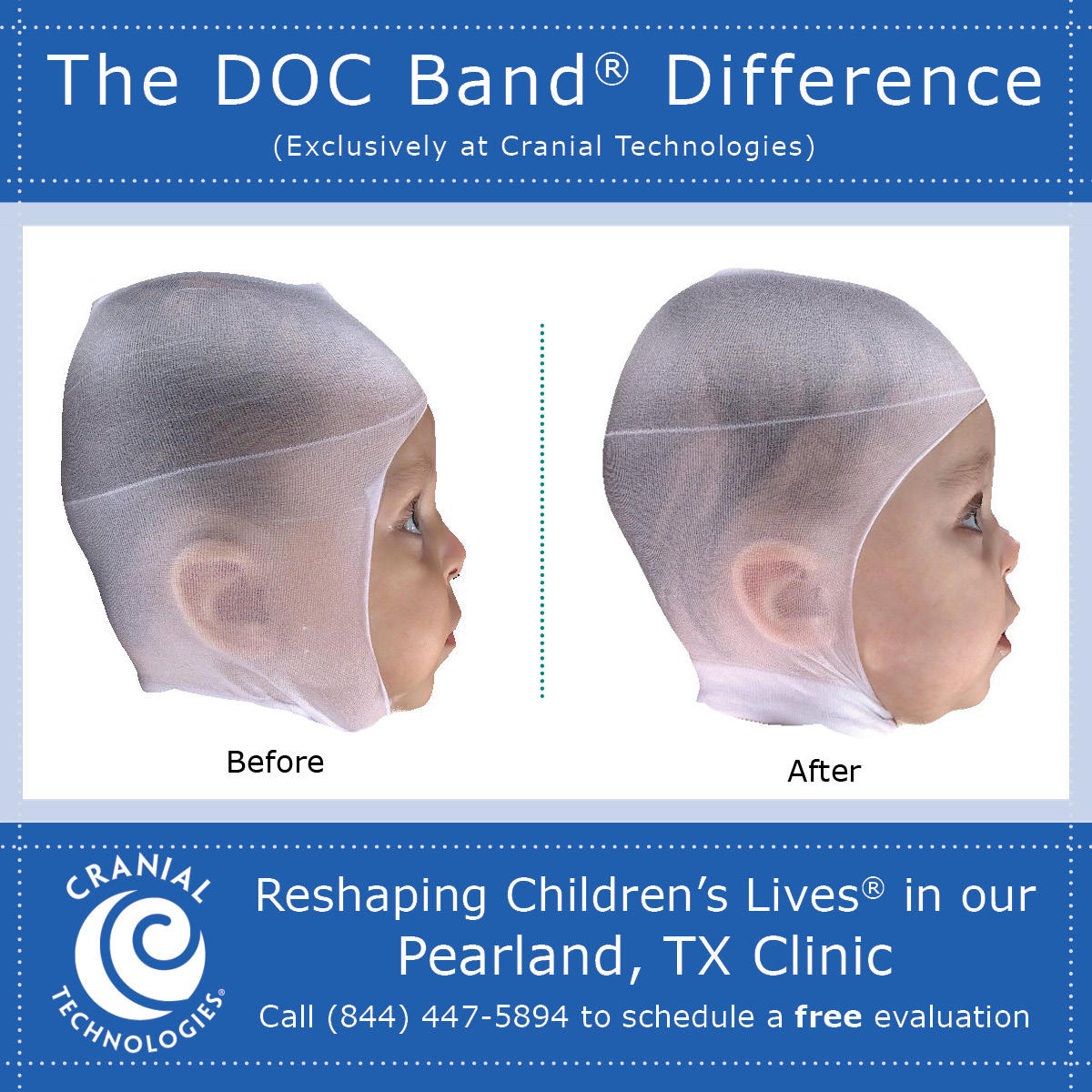Assistive Technology in Occupational Therapy: Empowering Independence
Assistive technology occupational therapy is a vital field that empowers individuals to overcome challenges and achieve their full potential. It’s about finding innovative solutions that bridge the gap between ability […]
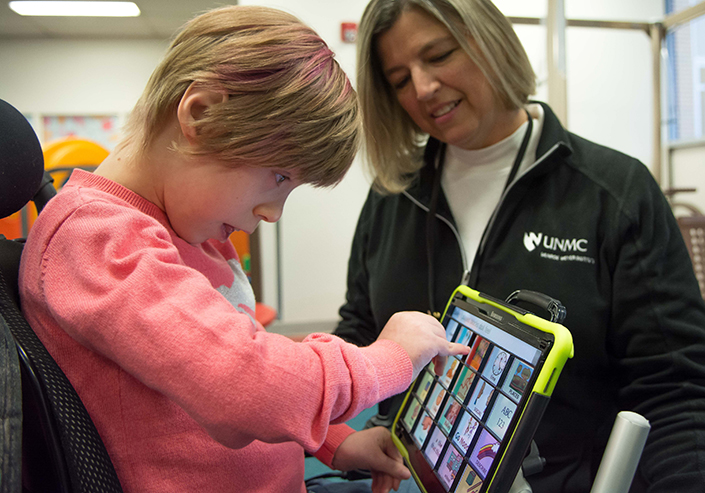
Assistive technology occupational therapy is a vital field that empowers individuals to overcome challenges and achieve their full potential. It’s about finding innovative solutions that bridge the gap between ability and participation, allowing people to live more fulfilling lives. From low-tech tools like adaptive utensils to high-tech gadgets like voice-activated software, assistive technology plays a crucial role in promoting independence and inclusion.
Occupational therapists are uniquely positioned to assess individual needs, recommend appropriate assistive technology, and provide training and support for its effective use. This approach focuses on the person, considering their goals, preferences, and the context in which they live and work. The goal is not simply to provide a device but to create a personalized solution that enhances function and quality of life.
Ethical Considerations in Assistive Technology: Assistive Technology Occupational Therapy

Assistive technology (AT) plays a vital role in occupational therapy, empowering individuals with disabilities to participate fully in their lives. However, the use of AT raises ethical considerations that require careful attention. This section explores the ethical principles guiding the use of AT in occupational therapy, identifies potential ethical dilemmas, and provides recommendations for ethical decision-making.
Ethical Principles Guiding Assistive Technology
Ethical principles provide a framework for guiding decision-making in AT practice. These principles include:
- Beneficence: AT should promote the well-being of the individual and enhance their ability to engage in meaningful occupations.
- Non-maleficence: AT should not cause harm to the individual. This includes considering potential risks, such as physical injury, social stigma, or dependence.
- Autonomy: Individuals have the right to make informed decisions about their AT use, including the type of technology, its implementation, and its use.
- Justice: Access to AT should be equitable, regardless of socioeconomic status, race, ethnicity, or other factors. This includes ensuring that individuals have access to the AT they need, regardless of their ability to pay.
Potential Ethical Dilemmas
Ethical dilemmas arise when ethical principles conflict or when there is uncertainty about the best course of action. Some common ethical dilemmas in AT practice include:
- Confidentiality and Privacy: AT devices often collect personal data, raising concerns about confidentiality and privacy. Therapists must ensure that data is collected and used ethically and in accordance with relevant laws and regulations.
- Beneficence vs. Autonomy: Sometimes, the therapist’s belief about what is beneficial for the individual may conflict with the individual’s preferences. For example, a therapist may recommend a specific AT device that they believe is the best option, but the individual may prefer a different device.
- Access and Affordability: Ensuring equitable access to AT can be challenging, particularly for individuals with limited financial resources. Therapists must advocate for their clients and ensure that they have access to the AT they need.
- Technology Obsolescence: Rapid advancements in technology can lead to AT becoming obsolete quickly. This can create ethical dilemmas for therapists, as they must balance the need to provide the most effective AT with the need to ensure that the technology remains affordable and accessible.
Recommendations for Ethical Decision-Making
Ethical decision-making in AT practice requires careful consideration of all relevant factors. The following recommendations can help guide ethical decision-making:
- Consult with the individual and their family: The individual’s preferences and values should be at the center of all AT decisions. Therapists should involve the individual and their family in the decision-making process, ensuring that they understand the risks and benefits of different AT options.
- Consider the individual’s context: The individual’s environment, social relationships, and cultural background should be considered when selecting and implementing AT. AT should be tailored to the individual’s specific needs and circumstances.
- Collaborate with other professionals: Therapists should work collaboratively with other professionals, such as physicians, engineers, and assistive technology specialists, to ensure that AT is appropriate and effective.
- Stay informed about ethical guidelines and best practices: Therapists should stay informed about ethical guidelines and best practices related to AT. This can help them make ethical decisions and ensure that they are providing the best possible care to their clients.
Emerging Trends in Assistive Technology
The field of assistive technology is constantly evolving, driven by advancements in technology and a growing understanding of human needs. This evolution has led to exciting new developments that are transforming the way occupational therapists approach their practice. This section explores current trends in assistive technology development and innovation, examines examples of emerging technologies, and analyzes their potential impact on the future of assistive technology in occupational therapy.
Artificial Intelligence and Machine Learning
Artificial intelligence (AI) and machine learning (ML) are revolutionizing assistive technology by enabling personalized and adaptive solutions. AI-powered assistive devices can learn individual preferences, adapt to changing needs, and provide tailored support. For instance, AI-powered wheelchairs can navigate complex environments autonomously, learning from user input and environmental data.
AI-powered assistive devices can learn individual preferences, adapt to changing needs, and provide tailored support.
Internet of Things (IoT) and Smart Homes, Assistive technology occupational therapy
The Internet of Things (IoT) is creating a connected environment where assistive devices can seamlessly integrate with smart home systems. This integration allows for enhanced accessibility and control over home environments. For example, smart home systems can be controlled by voice commands, allowing individuals with mobility limitations to manage lighting, temperature, and appliances.
The Internet of Things (IoT) is creating a connected environment where assistive devices can seamlessly integrate with smart home systems.
Wearable Technology and Sensor-Based Assistive Devices
Wearable technology is becoming increasingly prevalent, offering new opportunities for assistive technology. Sensor-based devices can track movement, posture, and physiological data, providing real-time feedback and support. For example, smartwatches can monitor heart rate and activity levels, alerting users to potential health issues or providing reminders for medication.
Wearable technology is becoming increasingly prevalent, offering new opportunities for assistive technology.
Virtual Reality (VR) and Augmented Reality (AR)
Virtual reality (VR) and augmented reality (AR) are emerging as powerful tools for rehabilitation and assistive technology. VR can create immersive environments for practicing motor skills, cognitive function, and social interactions. AR can overlay digital information onto the real world, providing guidance and support for daily tasks. For instance, AR apps can guide users through cooking recipes or provide step-by-step instructions for assembling furniture.
Virtual reality (VR) and augmented reality (AR) are emerging as powerful tools for rehabilitation and assistive technology.
Cloud-Based Assistive Technology
Cloud computing is enabling the development of remote and accessible assistive technology solutions. Cloud-based platforms can store and manage user data, allowing for personalized settings and remote monitoring. This approach offers flexibility and scalability, making assistive technology more accessible to individuals with diverse needs.
Cloud computing is enabling the development of remote and accessible assistive technology solutions.
Ultimate Conclusion
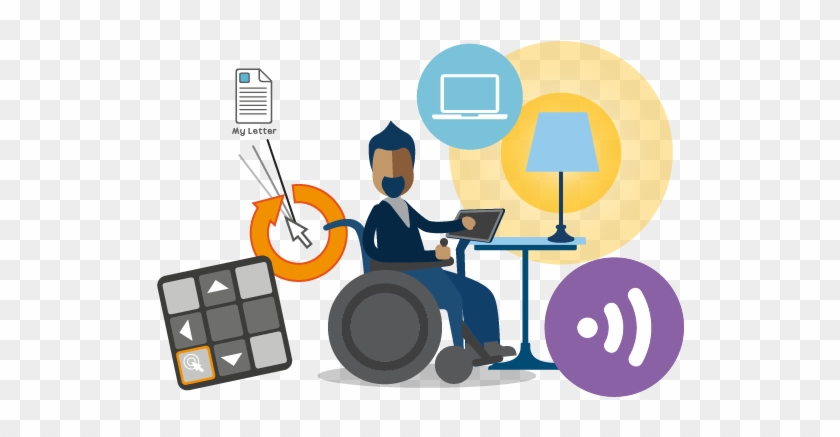
By harnessing the power of assistive technology, occupational therapists are transforming the lives of individuals with disabilities and empowering them to lead active and meaningful lives. The field continues to evolve with advancements in technology and innovative approaches to assessment and implementation. The future of assistive technology in occupational therapy is bright, promising even greater possibilities for inclusion and independence.
Assistive technology plays a vital role in occupational therapy, empowering individuals to regain independence and participate in meaningful activities. Companies like warren technologies are at the forefront of developing innovative solutions that enhance accessibility and improve quality of life.
These technologies can range from adaptive equipment for daily living to specialized software for communication and learning, ultimately allowing occupational therapists to tailor treatment plans to individual needs and promote optimal function.

